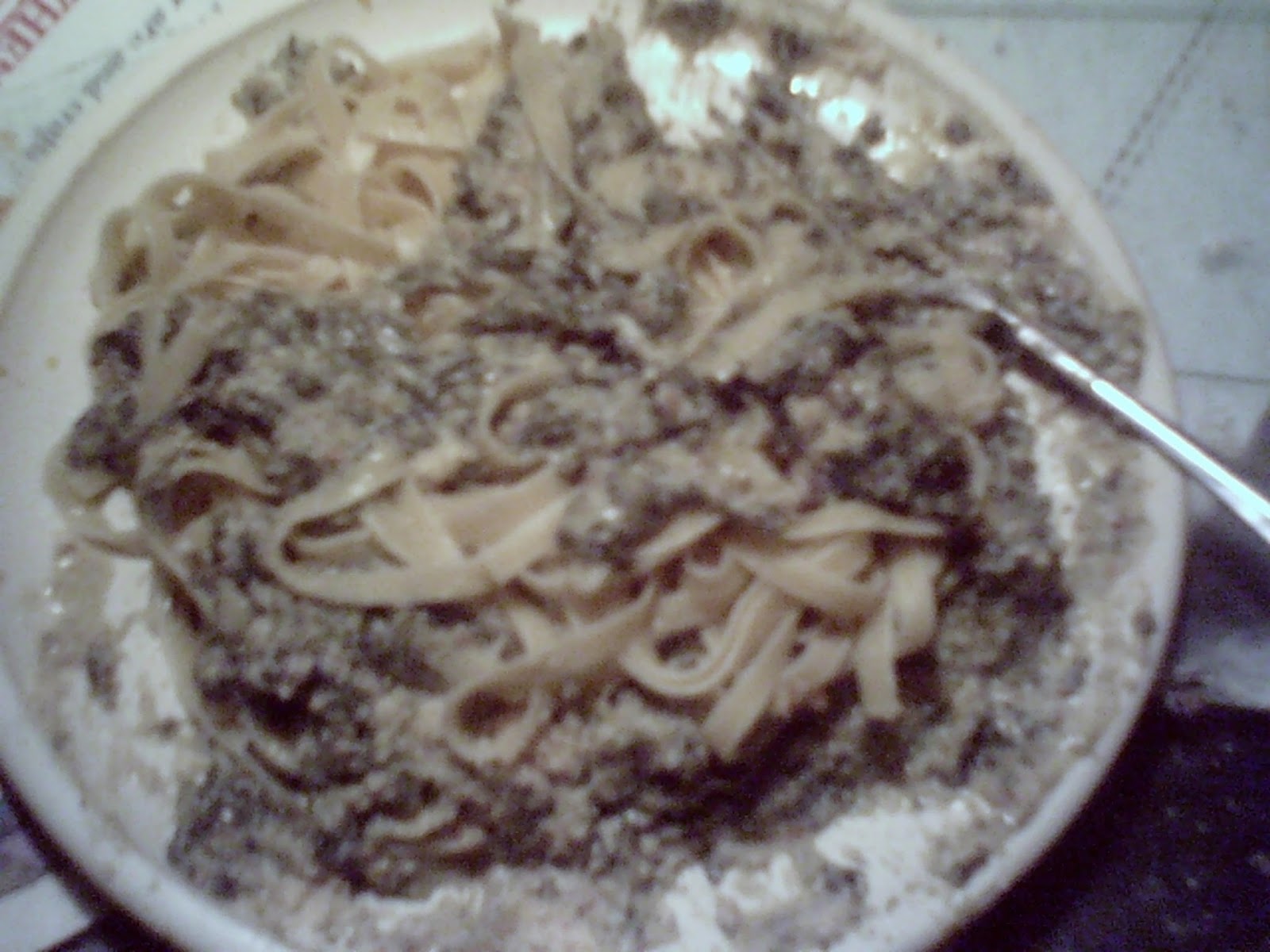Your first bash script.

Writing your first script and getting it to work to successfully write a shell script, you have to do three things: Write a script Give the shell permission to execute it Put it somewhere the shell can find it Writing a script A shell script is a file that contains ASCII text. To create a shell script, you use a text editor such as vim or nano. A text editor is a program, like a word processor, that reads and writes ASCII text files. There are many, many text editors available for your Linux system, both for the command line environment and the GUI environment. Now, fire up your text editor [you@yourllinuxbox you]$ nano yourfirstscript and type in your first script as follows: #!/bin/bash # My first script echo "Hello World!" The clever among you will have figured out how to copy and paste the text into your text editor. Then (^X) exit. Say (Y)es to save the modified buffer. If you have ever opened a boo...


















